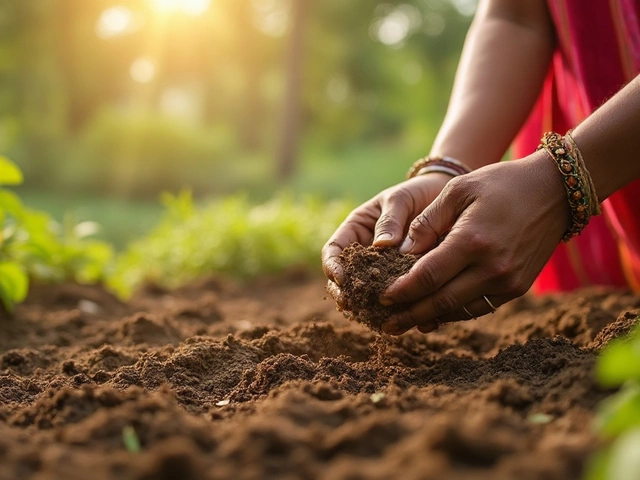Plant Location: How to Choose the Best Spot for Your Plants
Ever wondered why some plants flourish while others droop? The answer is often as simple as where you put them. A good location matches a plant’s light, water, and soil needs, so you get better growth with less guesswork.
Outdoor Plant Placement Basics
First, check the sunlight. Most vegetables and flowering shrubs need at least six hours of direct sunlight. Stand on the spot at noon and see how long the sun hits the ground. If it’s less than four hours, think about shade‑loving herbs like mint or lettuce.
Next, look at the soil. Spot a low‑lying area that stays damp after rain? That’s great for rice, water‑loving grasses, or even certain ferns. For crops like broccoli, choose a well‑drained patch on a gentle slope. You can test drainage by digging a hole, filling it with water, and watching how quickly it disappears.
Wind matters, too. Strong breezes can dry soil fast and break delicate stems. Plant wind‑sensitive veggies behind a fence, a hedge, or a taller plant that acts as a windbreak. This tiny shield can cut water loss by up to 30%, so you’ll water less often.
Indoor Plant Spotting Hacks
Inside, light is the biggest factor. A south‑facing window gives the brightest, most consistent light in Indian homes. If the window has sheer curtains, most houseplants will still get enough filtered light. Direct sun on a windowsill can scorch leaves of tropical plants, so move them a foot back if they look wilted.
Temperature swings matter. Keep your plants away from drafty doors, air‑conditioner vents, or heating radiators. Most indoor greens prefer 18‑24°C (65‑75°F). When you notice leaves turning brown at the edges, it could be a heat‑stress sign.
Humidity can be a hidden hero. Tropical houseplants love higher humidity. Place a tray of pebbles with water beneath the pot, or group several plants together to create a micro‑climate. You’ll notice new growth faster, especially in dry winter months.
Finally, consider space. Even a small balcony can become a thriving garden if you use vertical planters. Stackable pots, hanging baskets, or wall‑mounted shelves let you grow herbs, strawberries, or even dwarf fruit trees without crowding the floor.
Remember, the right spot isn’t set in stone. As seasons change, move your plants a little to follow the sun or avoid excess rain. A quick weekly check of light, moisture, and wind will keep your garden healthy all year long.
Now that you know the basics, start scouting your yard or home for those perfect pockets. A little observation and a few adjustments can turn a struggling plant into the star of your garden.
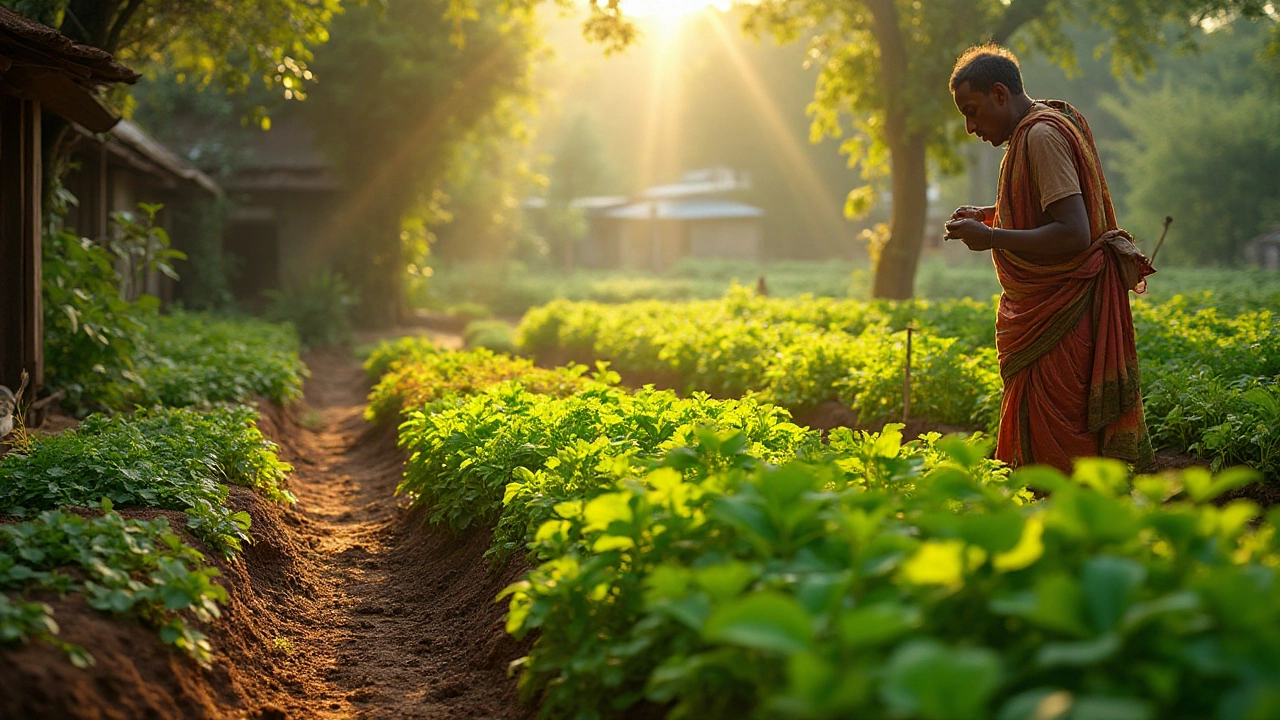
Best Locations for Your Kitchen Garden: Tips and Ideas
Choosing the right spot for a kitchen garden can significantly impact the growth and health of your plants. Whether you're a seasoned gardener or a beginner, understanding the various factors that determine the best location for your garden is crucial. Consider the significance of sunlight, soil quality, and proximity to water sources. This article provides practical advice and insights to help you make informed decisions to create a thriving kitchen garden.
About
Home and Garden
Latest Posts
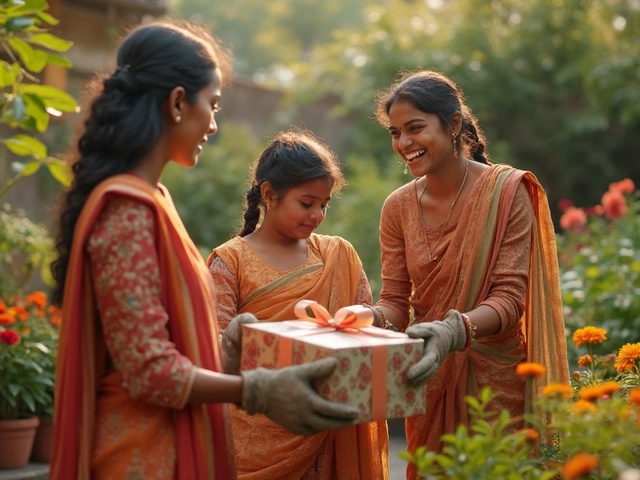
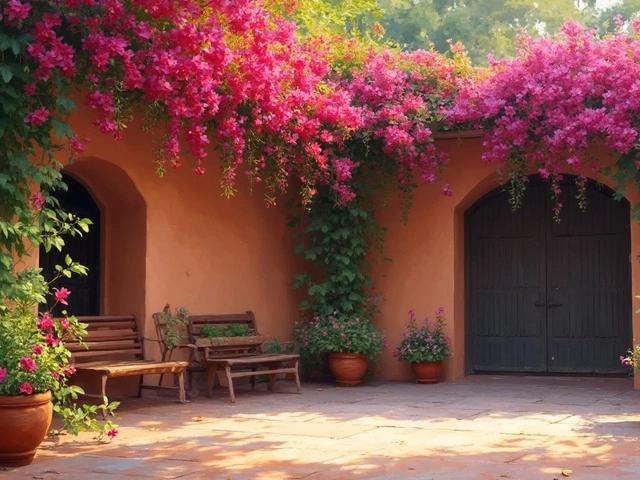
Best Outdoor Plant for the Lazy Gardener: Bougainvillea
By Alden Thorne Mar 21, 2025
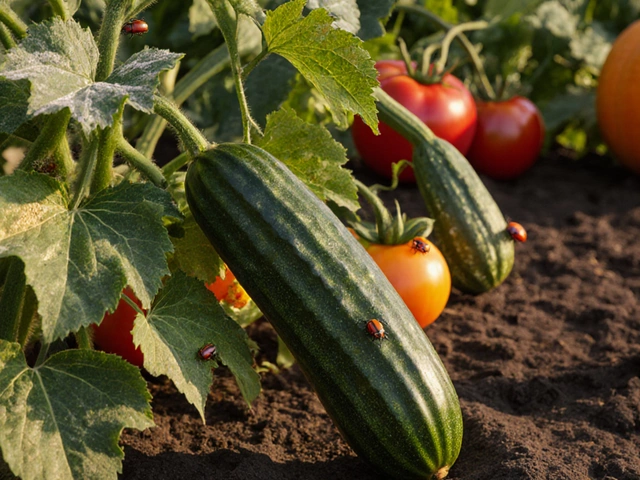
Cucumber Companion Planting: Which Plants to Avoid
By Alden Thorne Oct 11, 2025
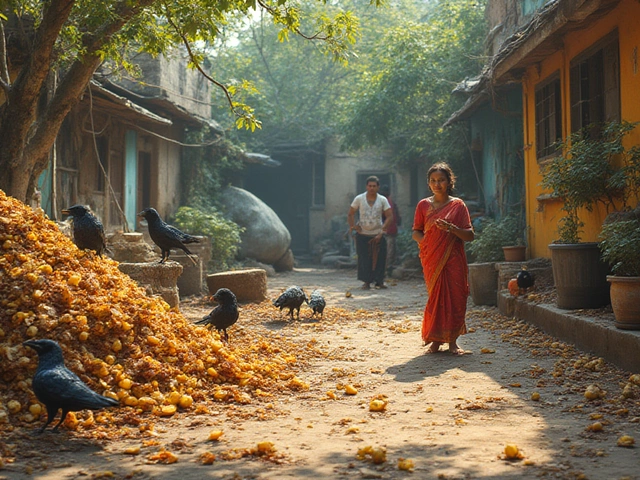
Composting Drawbacks: Real Issues, Surprising Facts, and Smart Tips
By Alden Thorne Jul 4, 2025
